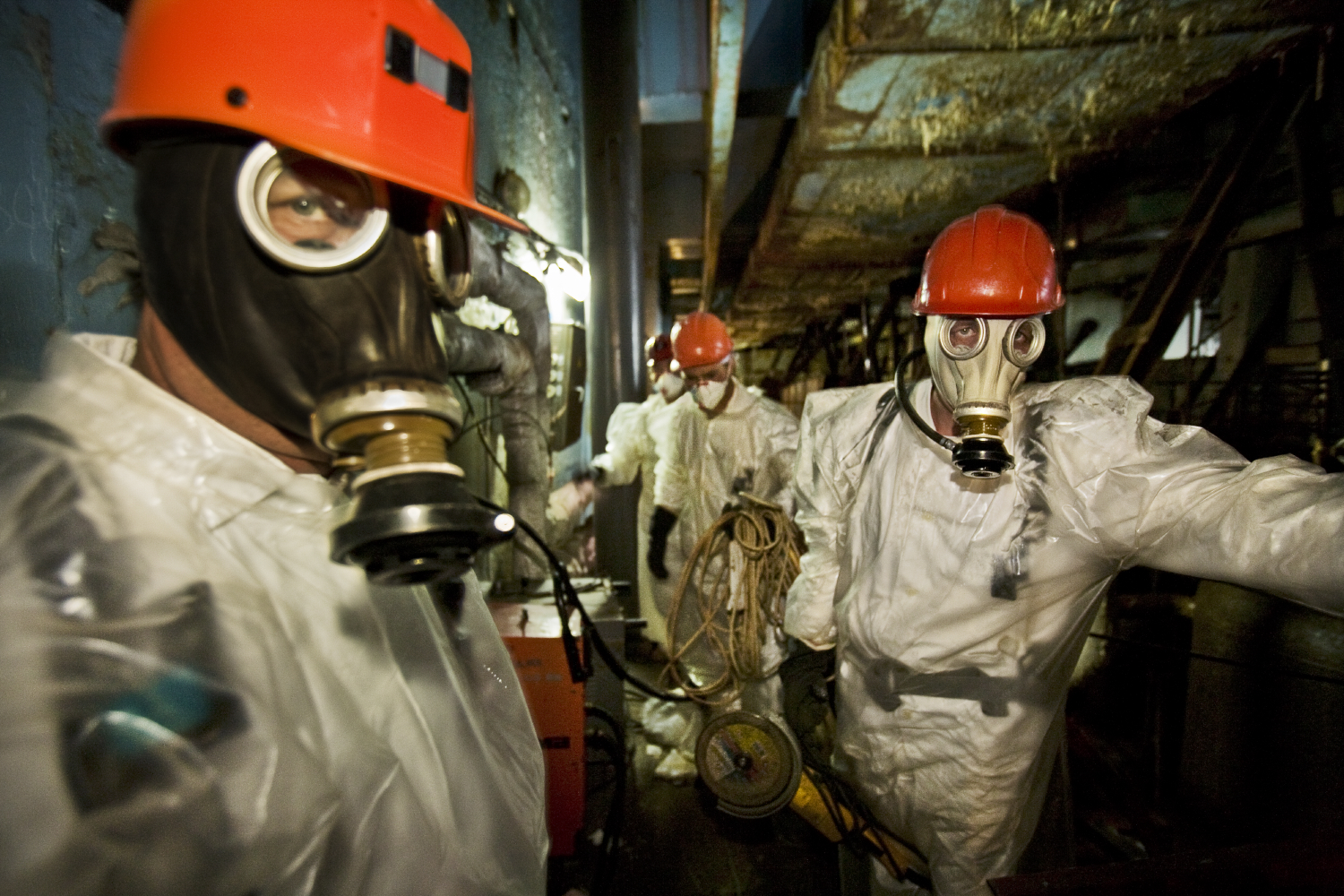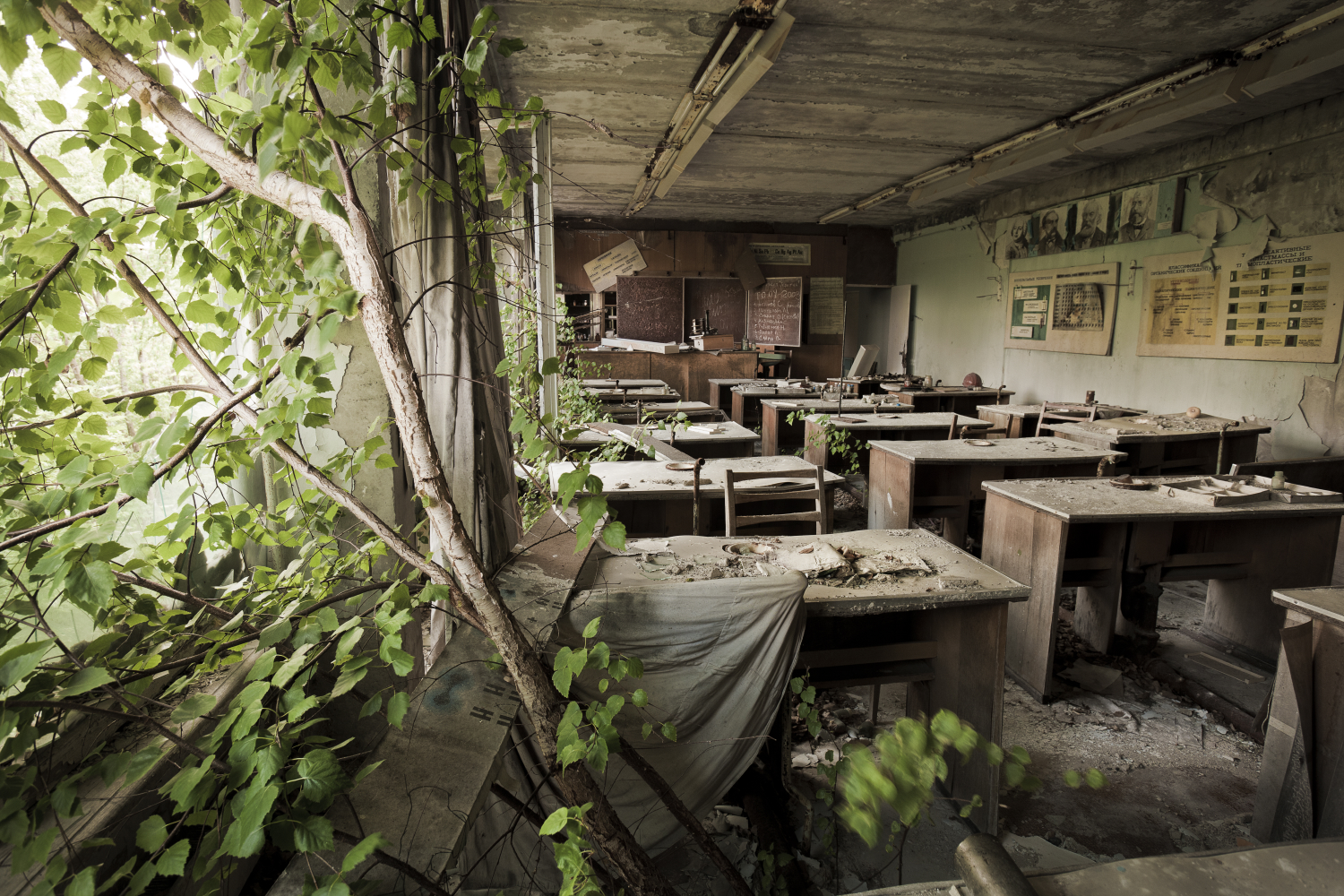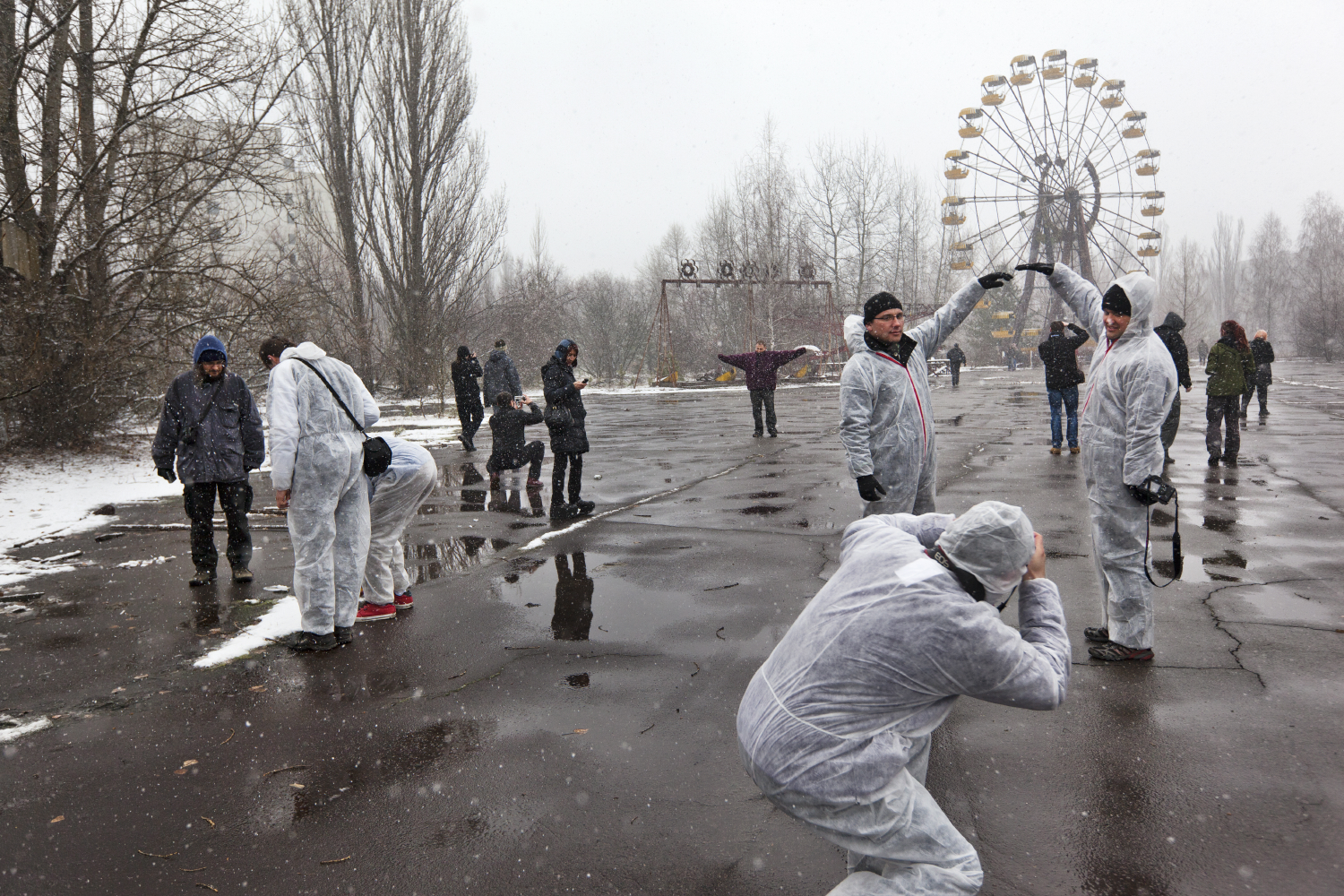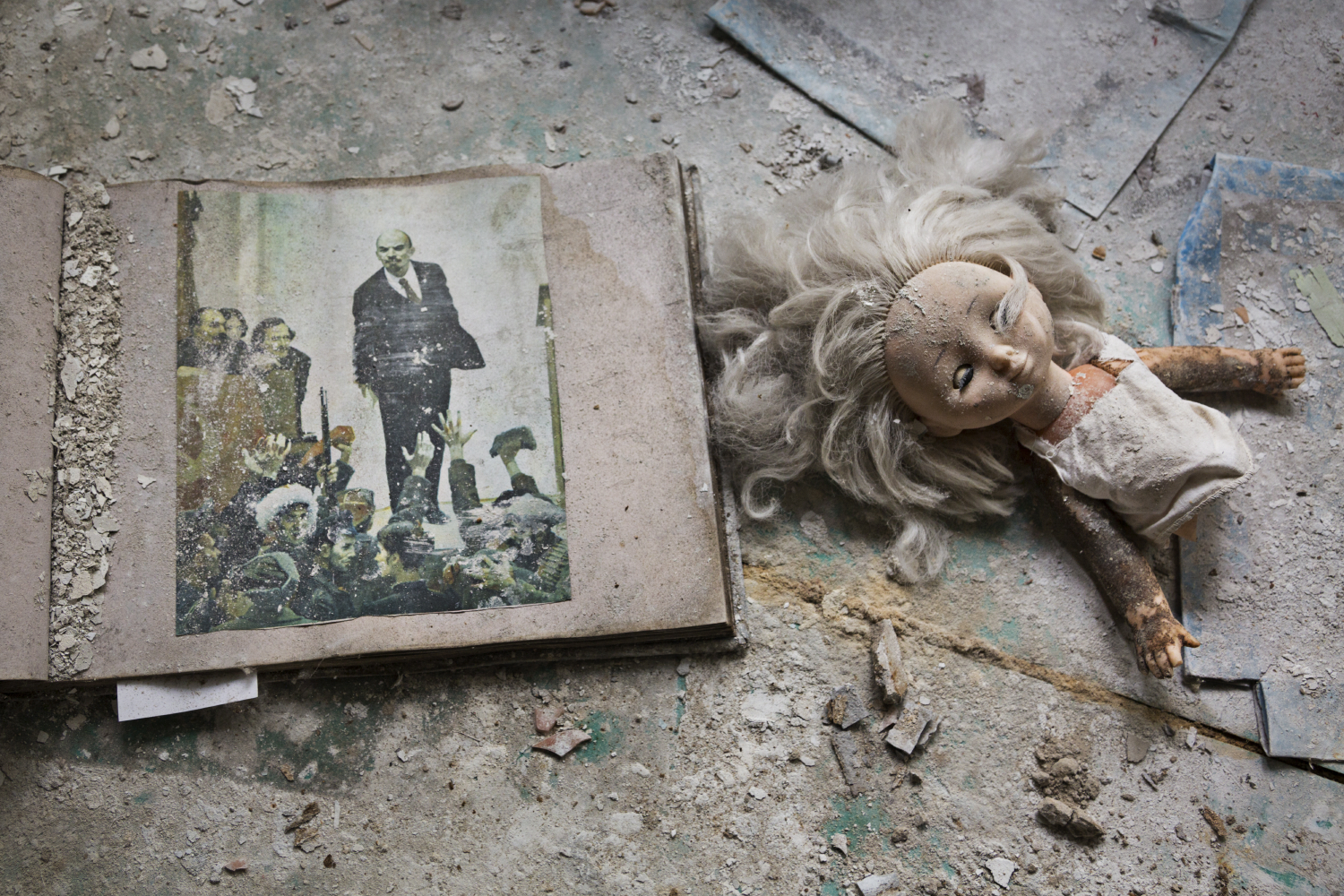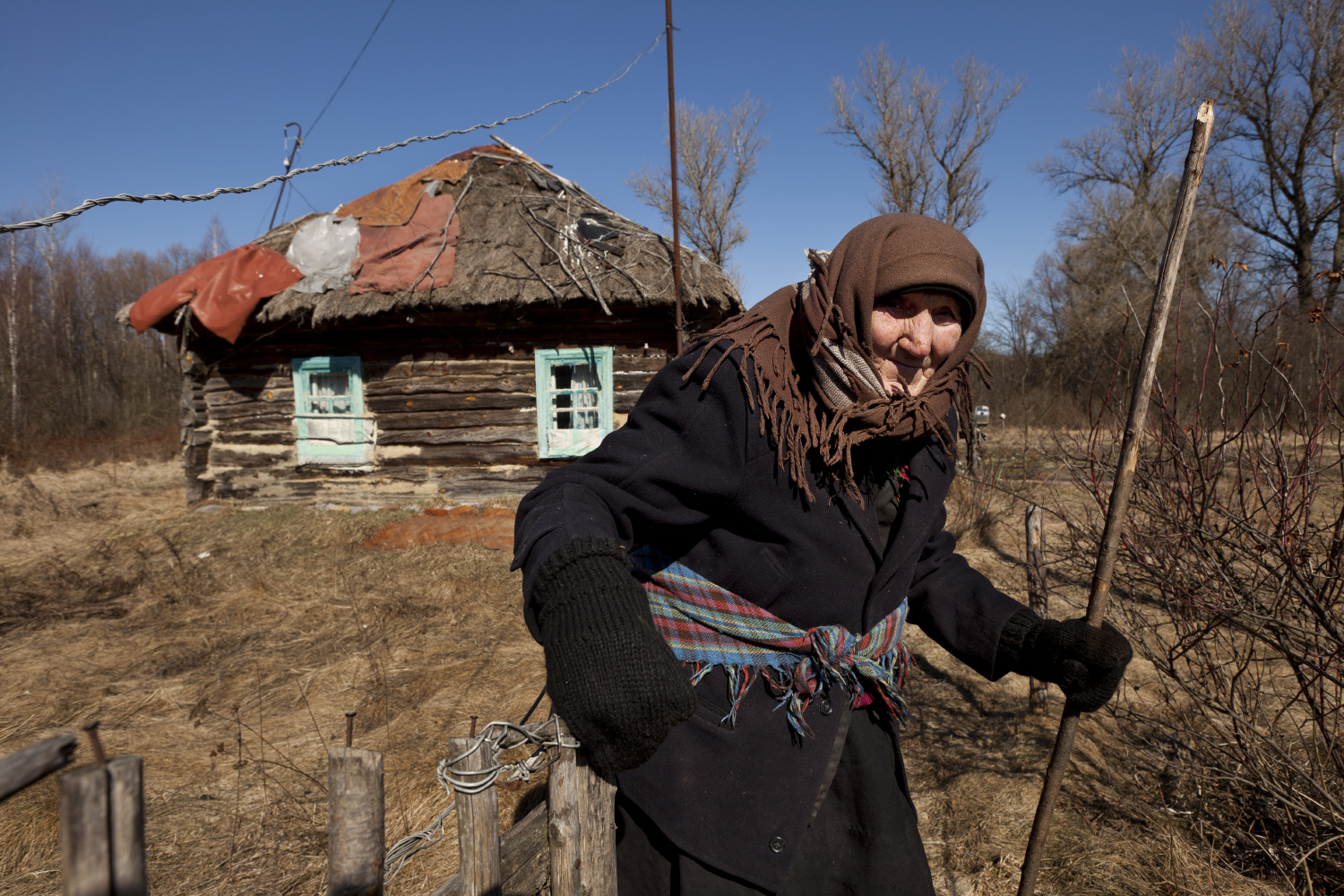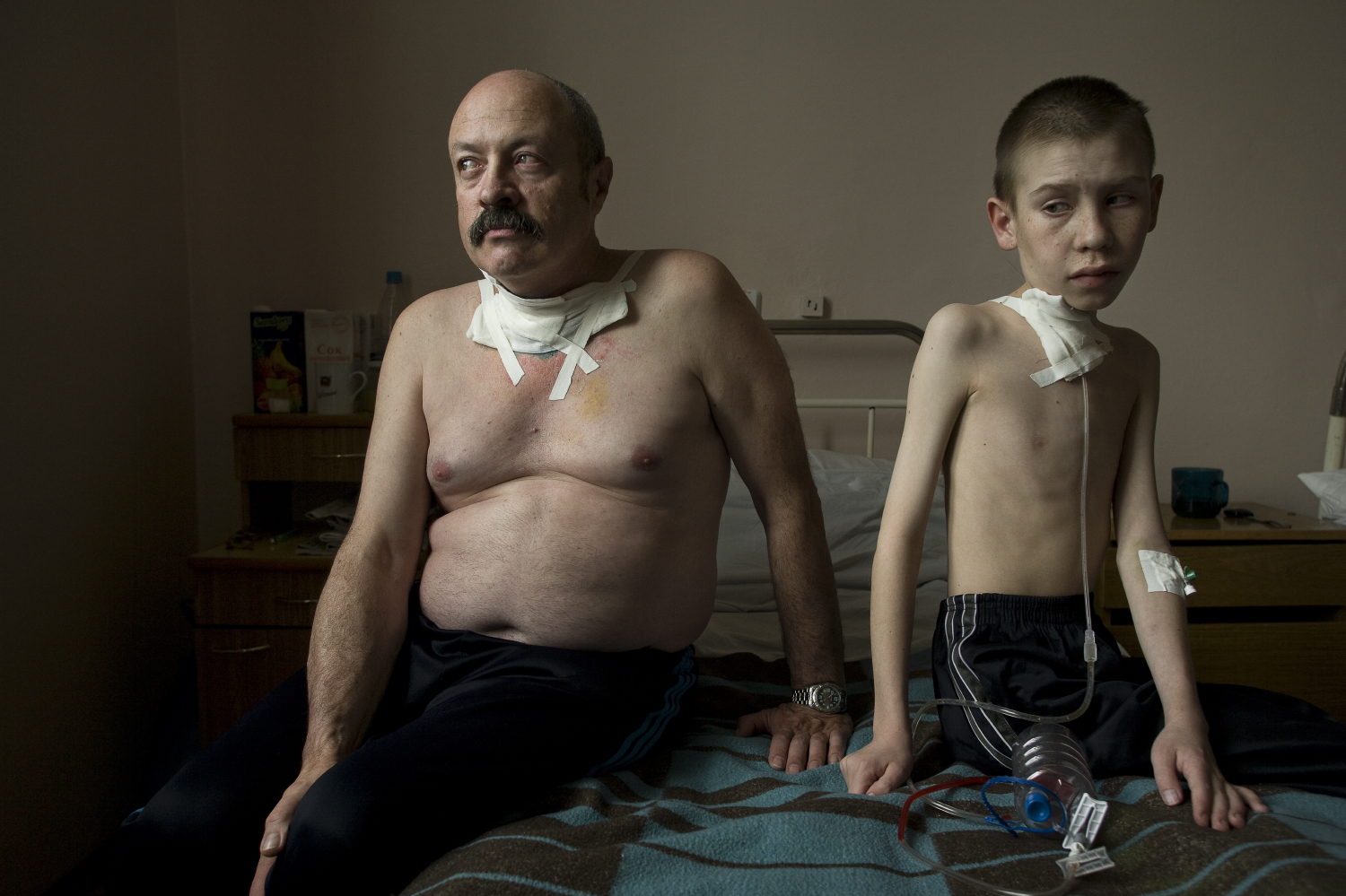Gerd Ludwig
THE LONG SHADOW OF CHERNOBYL
On 26 April 1986, at 1:23 am, the Chernobyl Nuclear Power Plant’s Reactor No. 4 blew up after operators botched a safety test, triggering an explosion and a fire that burned for 10 days. The radioactive fallout spread over tens of thousands of square kilometers, driving more than a quarter of a million people permanently from their homes. To this day, the long shadow of Chernobyl continues to darken lives – socially, environmentally, and physically.
Mikhail Gorbachev, then General Secretary of the Communist Party of the Soviet Union, writes in the preface to the book The Long Shadow of Chernobyl by Gerd Ludwig that:
The nuclear meltdown at Chernobyl, even more than my launch of Perestroika, was perhaps the real cause of the collapse of the Soviet Union five years later. Indeed, the Chernobyl catastrophe was an historic turning point: there was the era before the disaster, and there is the very different era that has followed.
Gerd Ludwig has documented the aftermath of the Chernobyl accident for more than 20 years and ventured deeper into the reactor than any other Western photographer. He has traveled into the building that houses Energy Block No. 4, where radiation is still so high that access is limited to only a few seconds, just enough to photograph the clock, still stopped at 1:23:58 in the morning.
It was the most challenging photographic situation I’ve ever encountered. The space was dark, loud, and claustrophobic; we rushed through dimly lit tunnels strewn with wires, pieces of shredded metal and other debris. I needed to dodge the spray of sparks from the drillers in highly contaminated concrete dust; and I knew that I had less than 15 minutes to capture an environment that few have ever seen, and that I might never access again. The adrenaline surge was extraordinary.
SPECS
Number of works: 106 color photographs
Size: 70 x 100 cm and 46,5 x 68,6 cm
Type of prints: Digital prints
Catalogue: The Long Shadow of Chernobyl
Edition Lammerhuber
118 photographs on 252 pages
languages: English, German, French
Gerd Ludwig was born in Alsfeld, Germany in 1947. After interrupting his German literature studies, he traveled in Scandinavia and North America while supporting himself with jobs as a bricklayer, sailor, gardener and dishwasher. Upon his return to Germany, he studied photography with Professor Otto Steinert at the Folkwangschule in Essen, graduating in 1972. He co-founded VISUM, Germany’s first photographer-owned photo agency in 1973, and began working for Geo, Stern, Spiegel, Zeit-Magazin, Time and Life, making his name by photographing renowned artists, such as Joseph Beuys and Friedensreich Hundertwasser.
In 1984, Ludwig relocated to New York. In the early 1990s, he signed on as a contract photographer for National Geographic Magazine, focusing on environmental issues and the social changes in the former Soviet Union. Broken Empire: After the Fall of the USSR, a ten-year retrospective was published in 2001.
Gerd Ludwig’s engaged reporting on the aftermath of the nuclear catastrophe in Chernobyl is considered a milestone in modern photojournalism. The Long Shadow of Chernobyl, published by Edition Lammerhuber, features an essay by Mikhail Gorbachev, combining images from his 20-year-long coverage of the aftermath of the world’s worst nuclear disaster to date.
His works have been exhibited in museums, galleries and festivals such as the Perpignan Visa pour L’Image and the Natural History Museum in Vienna, Austria. He was awarded with the Lucie Award for International Photographer of the Year in 2006, the German Society for Photography (DGPh)’s prestigious Dr. Erich-Salomon Award in 2014, and the 2015 Missouri Honor Medal for Distinguished Service in Journalism. In 2016, Minus 2/3 was published in English, German and Italian by Rocky Nook and dpunkt Verlag. Sleeping Cars was published in the same year by Edition Lammerhuber. Gerd Ludwig lives and works in Los Angeles.




